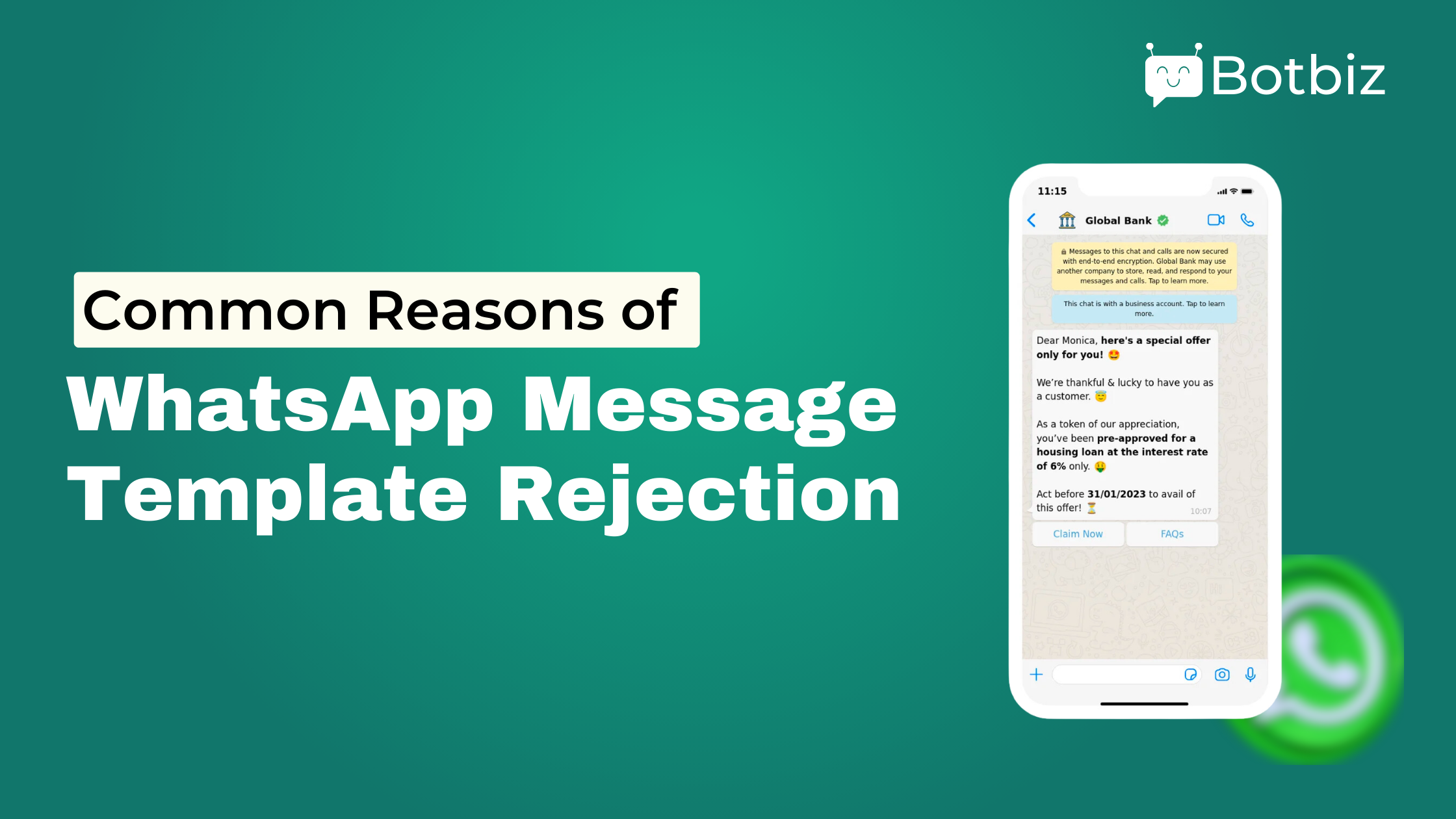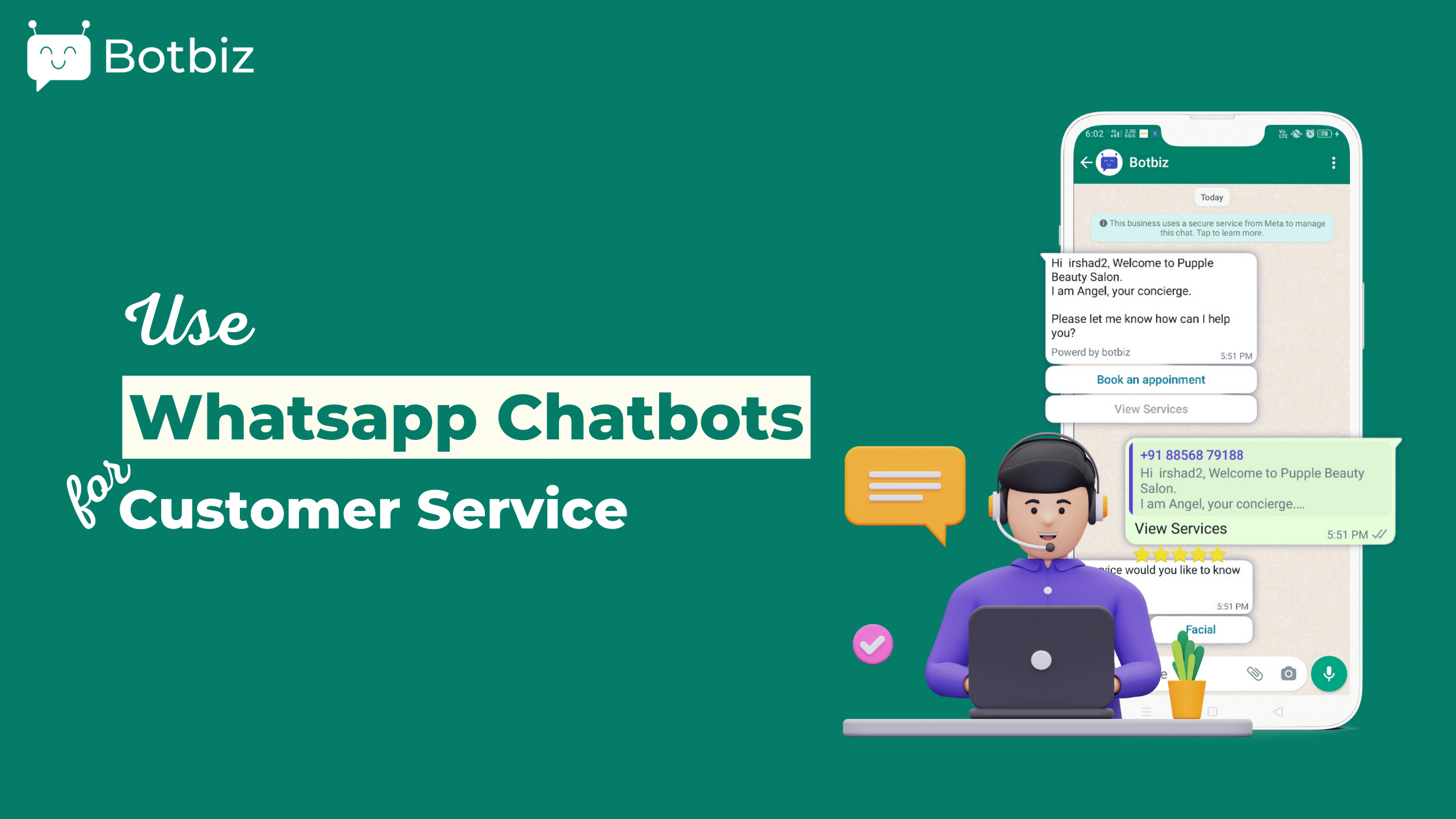WhatsApp message templates are necessary to send messages to WhatsApp subscribers outside of the 24-hour window of last interaction by the subscriber with your WhatsApp chatbot.
It’s also called a business-initiated message. So you can send a template message to a WhatsApp number anytime. This WhatsApp message template is mostly used for updating customers about new information, sending bulk promotional messages, sending OTP codes, and many more.
Before sending a WhatsApp message template, it needs to be created and submitted for review. After getting approval from Facebook or Meta, you can use these WhatsApp message templates.
Here I am going to discuss some common mistakes that need to be avoided when creating your WhatsApp message template.
- From Botbiz Template Manager.
- From WhatsApp Business Manager Account. Then sync in Botbiz and map variables.
We recommend creating a Message Template from Botbiz Template Manager. However, in some cases, we found that some WhatsApp account faces the problem of template review becoming pending for a long time when creating a template with API from Botbiz. In this case, we suggest creating a template inside WhatsApp Manager directly, then syncing them inside Botbiz and mapping variables if the template has any variables. There are two types of common reasons for rejection.
- Template Format Issues.
- Template Content issues.
Template Format Issues: If you create a template from Botbiz, then you don’t need to worry about formatting issues. Botbiz itself check all these formatting issues and give you a suggestion if you make any mistake here.
- Variable parameters are missing or have mismatched curly braces. The correct format is {{1}}.
- Variable parameters contain special characters such as a #, $, or %.
- Variable parameters are not sequential. For example, {{1}}, {{2}}, {{4}}, {{5}} are defined but {{3}} does not exist.
Template Content Issues :
- If the message template contains content that violates WhatsApp Commerce Policy.
- Do not request sensitive identifiers from users. (Example: payment card numbers, financial account numbers, National Identification numbers, or other sensitive identifiers ).
- The content contains potentially abusive or threatening content, such as threatening a customer with legal action or threatening to publicly shame them.
- The message template is a duplicate of an existing template. If a template is submitted with the same wording in the body and footer of an existing template, the duplicate template will be rejected.
- Poor content with spelling mistakes or grammatical errors is another common reason to be rejected.
- Do not use short URLs in your message template like bit.ly, short.ly
- Choosing the wrong category of message template may also result in rejection. There are three categories Marketing, Utility, and Authentication. Choose the correct category for the message template.
Avoid this common mistake during creating your WhatsApp message template. Then it should be approved.


